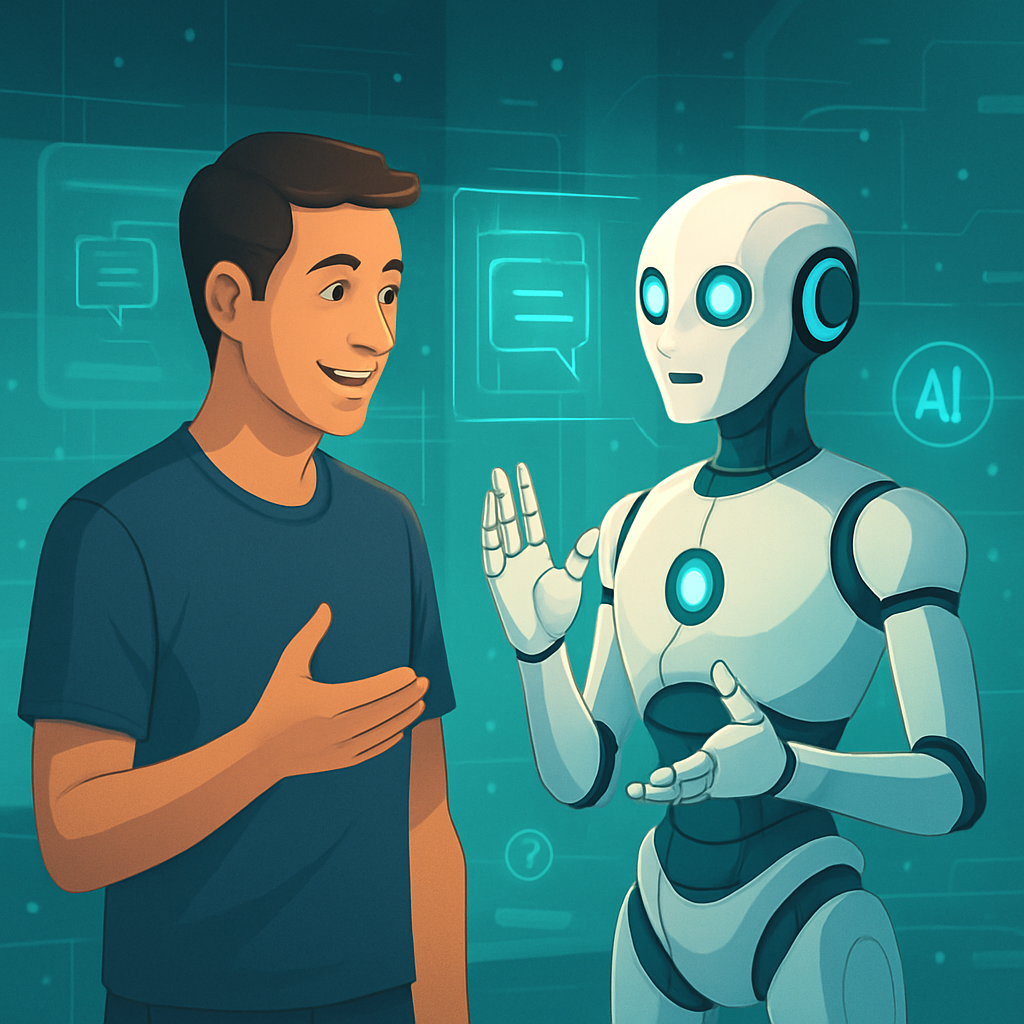Talking to a robot no longer sounds like barking orders at a machine. Natural Language Processing (NLP) has an influence on robots allowing them to grasp our words more like humans do. Smart assistants, chatbots, and hospital robots use NLP to comprehend language, give smart replies, and even chat with us.
Let’s explore how NLP is causing a revolution in human-robot communication — in our daily lives and across different fields.
What Is NLP and Why Does It Matter?
Natural Language Processing (NLP) is a tech that enables machines to grasp human speech. It gives computers and robots the power to get, interpret, and even answer what we say or write.
, NLP allows robots to:
- Get our words and tone
- Work out what we mean
- Answer in a way that clicks
This marks a big leap because it gets rid of the need for buttons or tricky commands — now, we can just **chat **.
From Orders to Chats
Before dealing with a robot meant using exact instructions or pushing buttons. It was rigid and had limits. Now, NLP has shaken things up.
Today’s robots can:
- Listen to your words
- Grasp the meaning behind what you say
- Give a natural helpful answer
This leads to a more fluid human-like interaction — whether you’re asking for directions looking for help with a task, or just chatting.
Real-Life Examples of NLP at Work
NLP isn’t some far-off idea. It’s already in tools we use every day. Here are some everyday examples where NLP is making robot communication better:
🗣️ Voice Assistants
When you say “Hey Siri” or “OK Google,” NLP starts working. These devices understand your request and talk back to you — from setting alarms to answering questions.
💬 Chatbots
On websites or apps many companies now use AI chatbots. These bots apply NLP to handle customer questions all day and night providing support without needing a human representative.
🏥 Robots in Healthcare
Some hospitals use robots that can talk to patients, remind them to take medicine, or even provide emotional support — all thanks to NLP understanding speech and emotions.
🎓 Robots in Education
Robots in schools apply NLP to help students with reading, language learning, and answering questions — making learning more engaging and enjoyable.
How NLP Improves Robot Performance
Here’s how NLP makes robots smarter and more relatable:
- Get the Full Picture: Not just the words, but the meaning behind them.
- Give Clear Answers: Providing responses that sound more natural and human-like.
- Pick Up on Feelings: In some cases, spotting if someone sounds happy, sad, or mad.
- Handle Many Languages: Many NLP systems can work with different languages and accents.
- Get Better with Practice: Some robots can improve as they go by learning from talks.
How This Shapes the Future of People Talking to Robots
NLP has an influence on more than just chats. It’s changing robots to:
- Simpler to use for folks of all ages
- More useful in tricky tasks
- Able to give emotional backing in care for older people or mental wellness
- Flexible meaning they pick up your routines and change to fit
Picture telling your home helper, “I’m not feeling good,” and it answers by lowering the lights, playing calm tunes, and saying you should take a break. This isn’t make-believe anymore — NLP makes this real.
Do Problems Still Exist?
Yes even with its growth, NLP is still getting better. Some usual issues include:
- Grasping slang, accents, or unclear speech
- Handling background noise
- Spotting sarcasm or humor
- Ensuring conversations remain private and secure
But here’s the bright side: Scientists and programmers are always working to make NLP better. They aim to improve its accuracy, speed it up, and boost its safety.
